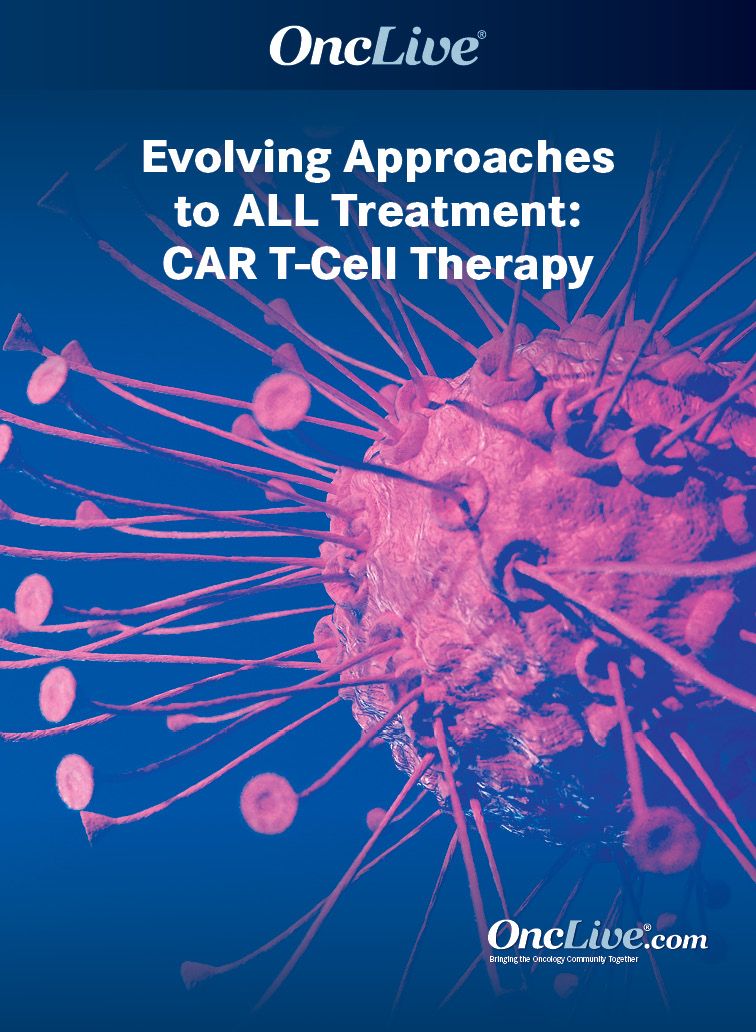Publication
Video
Supplements and Featured Publications
Dr. Park on the Dosing Strategies Utilized in the FELIX Trial in R/R ALL
Author(s):
Jae Park, MD, discusses dosing strategies utilized in the phase 1/2 FELIX trial in relapsed/refractory acute lymphoblastic leukemia.
Jae Park, MD, hematologic oncologist, Memorial Sloan Kettering Cancer Center, discusses dosing strategies utilized in the phase 1/2 FELIX trial (NCT04404660) in relapsed/refractory acute lymphoblastic leukemia (ALL).
Obecabtagene autoleucel (obe-cel; AUTO1) was utilized in the trial with split-dosing strategy about 10 days apart, with dosing depending on the patient’s disease burden of bone marrow blasts, Park says. If patients had bone-marrow blasts above 20%, they were classified with high disease burden, and patients below that threshold were considered to have low disease burden, Park notes. Patients with high disease burden started with the higher dosing, Park explains.
However, at the end of the split-dosing regimen, all patients received the same dosage, regardless of disease burden, Park emphasizes. This method was designed to mitigate the toxicity to encourage a more gradual expansion of T cells, Park adds. This may be a reason there was less toxicity seen here than in previous clinical studies, Park concludes.










